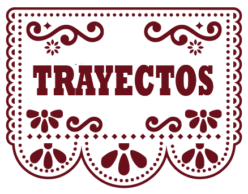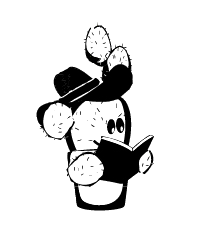 Ser indígena, ser mujer
Ser indígena, ser mujer
I. Antes de leer
In this module, we have talked about our families, and we have learned more about different aspects of the Spanish-speaking world. Now we will read a text about indigenous women from the Wichí tribe in Argentina, otro país sudamericano como Colombia. ¿Dónde vive el grupo amerindio wichí? Mira el mapa de Argentina y busca esta información.
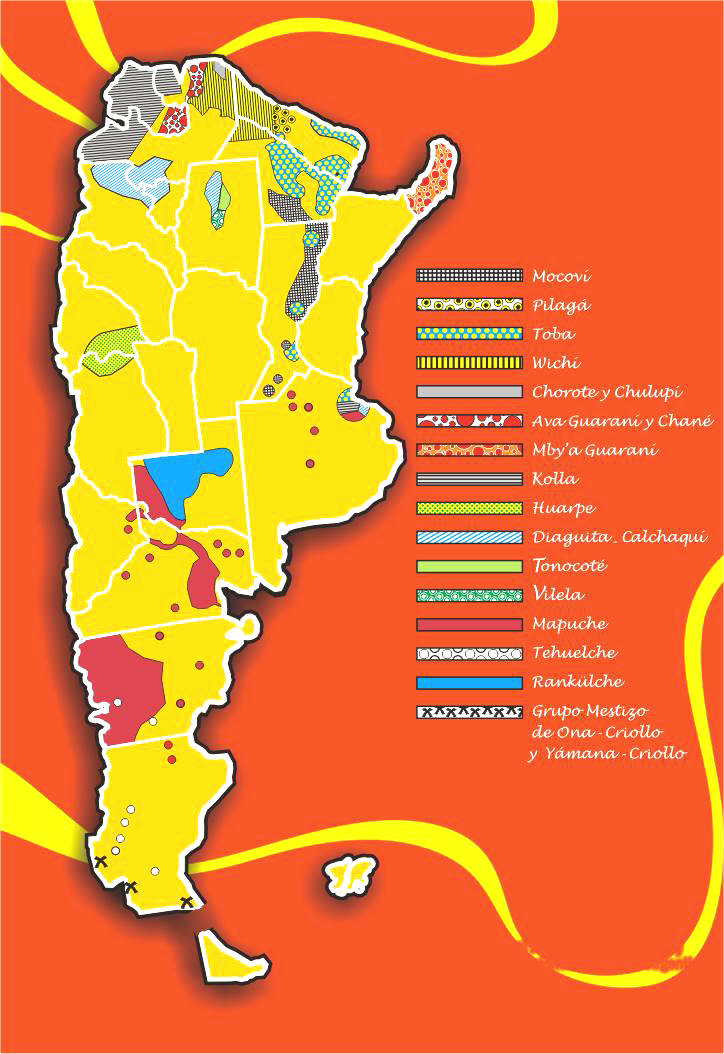
II. A leer
Ahora leemos el siguiente texto sobre la mujer wichí y contestamos esta pregunta. ¿Cuál es el rol de la mujer wichí en su comunidad?
Ser indígena, ser mujer
La mujer wichí tiene tareas muy importantes en su comunidad: es la responsable de la seguridad y bienestar (well-being) de cada uno de los niños y niñas. Además, la mujer tiene una tarea muy importante: transmitir la cultura. La mujer wichí es la artesana (artisan), la doctora, la madre, la profesora, la religiosa. Las mujeres enseñan a los niños la lengua wichí de origen de la familia lingüística mataco-guaycurú.
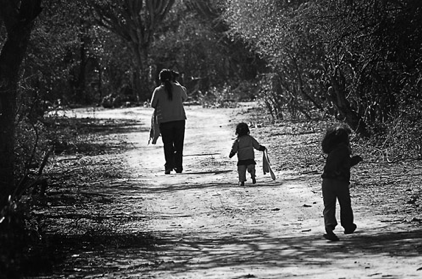
Desde muy pequeñas, las niñas wichí aprenden a tejer (to knit), una actividad que es netamente femenina en la comunidad. Las mujeres caminan por el monte (bushes) argentino en grupos reducidos y buscan las plantas de chaguar. Luego usan esta planta para producir el hilo (thread) para sus tejidos. La planta de chaguar es ideal para los tejidos por su tamaño (size) y calidad (quality).
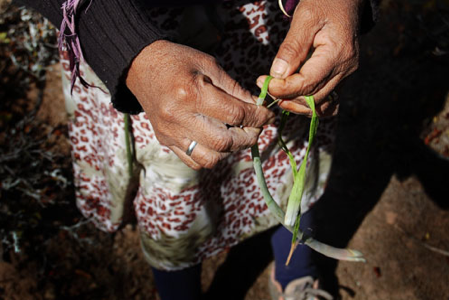
Las mujeres wichí trabajan en sus tejidos durante la noche porque durante el día están a cargo (in charge) de las casas, los animales y los niños de la comunidad.
Con el chaguar, las mujeres producen ropa (clothing), canastos (baskets) y bolsas o redes de pesca (fishing bags or nets) que usan los hombres para buscar comida para la comunidad. También las mujeres viajan a ciudades de la provincia de Salta y venden sus productos a la gente de la ciudad. Sin embargo (Nevertheless), vender los productos no es fácil: “Sufrimos abusos de todo tipo. Vivimos discriminadas. Muchas veces llega la policía y tenemos que volver (we have to return) a la comunidad. No nos permiten vender”, denuncian las mujeres. Desafortunadamente, la discriminación en muy común hacia la gente de las comunidades wichí.
A pesar (Despite) de las dificultades, la mujer wichí es una mujer del conocimiento (knowledge), experta en la cultura y madre de la lucha (fight) de su pueblo indígena.
Modified from Ser indígena, ser mujer by Esteban Ruffa (ANRed), licensed under CC BY 4.0. Photos in text are part of the original text, by Esteban Ruffa (ANRed), licensed under CC BY 4.0.
![]() III. Después de leer
III. Después de leer
Completa las siguientes actividades con un@ compañer@.
Actividad A. ¿Cuál es el rol de la mujer wichí? ¿Es un rol activo o pasivo? Explica tu respuesta.
Actividad B. Completa el siguiente cuadro con la información del texto.
| ¿Dónde viven las mujeres wichí? | |
| ¿Qué dos lenguas probablemente hablan? | |
| Recursos (resources) naturales en su vida | |
| Actividades durante el día y en la noche | |
| ¿Qué venden en la ciudad? | |
| ¿Trabajan las mujeres en forma individual o en colaboración? |
Actividad C. Análisis
Contesta estas preguntas.
1. What is the main idea of this text? What does the author want to emphasize about Wichí women in Argentina? Who is the audience? Why do you think the author wrote this text?
2. Do you feel Wichí women have a more active role than Wichí men? Explain your answer with examples from the text. What does this tell you about Wichí families? Would you say they’re similar to your or/and your classmates’ families? Justify your answer.
3. What can you infer about the social situation of indigenous populations like the Wichí in Argentina? How similar/different is their situation to that of Native Americans in the United States?
4. Taking into account Diego Luna’s video for Día de la Madre and this text, how would you characterize women in Latin America? Usa tres adjetivos en tu descripción.
Actividad D. Lengua
Busca tres cognados. Did these words help you understand the text? What other strategies did you use to read it?
Click on the following button to continue working with the content of this text.
